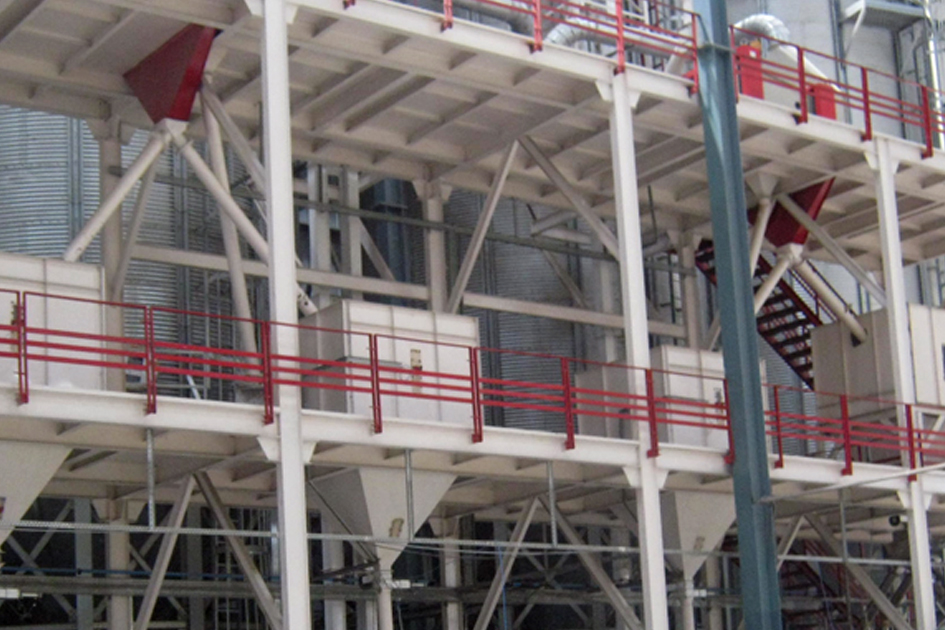Simple, low-cost Rice Mill Machines play an essential role in ensuring food security and reducing hunger and poverty in the rural Philippines. The Philippine Rice Research Institute, commonly known as PhilRice, works with more than 60 agencies worldwide to increase rice self-sufficiency, productivity, and profitability through the research and development of portable Milling Machines, among other new technologies.
Identification
For people living in remote villages, portable and economical milling machines provide an alternative to transporting rice to distant milling facilities or grinding it by hand with a mortar and pestle. PhilRice mills consist of a hopper, a milling rotor, and a set of separators; they are made of steel and plastic, and according to PhilRice, are easy to fabricate, operate and maintain. PhilRice produces a selection of models for both household and village use, including a mill for processing fine, dry flour.
Household Micromill
PhilRice produces a household Micromill for household use that weighs 88 pounds, including the motor, and has a total height of 38 1/2 inches. This model processes rice at a rate of 110 to 165 pounds per hour, with a milling recovery of 60 to 67 percent and ahead rice recovery of 50 to 70 percent. To operate, it requires one person and a 1 hp electric motor or 3 hp gasoline engine, with an energy consumption of 0.26 gallons per hour.
Village Micromill
The village Micromill is also available in a larger size for village use that weighs 132 pounds and measures 41 inches tall. It has a milling capacity of 330 to 440 pounds per hour, with the same percentages of milling recovery and head rice recovery as the household model. It requires one to two people to operate and runs on a 5 hp electric motor, 7 to 9 hp gasoline engine or 6 to 8 hp diesel engine, consuming 0.4 to 0.53 gallons per hour.
Flour Mill
Phil Rice produces a mill for processing fine, dry rice flour that can also be used for milling corn, soya, mungbean, black pepper, squash, banana, cassava, sweet potato and other dried food products. It stores flour for up to six months by preventing flour contamination caused by wet milling. The mill’s capacity is 22 pounds per hour, and it requires one person and a 2 hp electric motor or a 5 hp gasoline engine to operate. A larger, 220-pound model is also available with a milling capacity of 321 pounds per hour; requiring a 10 hp electric motor or 12 hp diesel engine.
Blog Post Source By: Ehow
 MAIL US :
MAIL US :
 CALL US :
>
CALL US :
>
